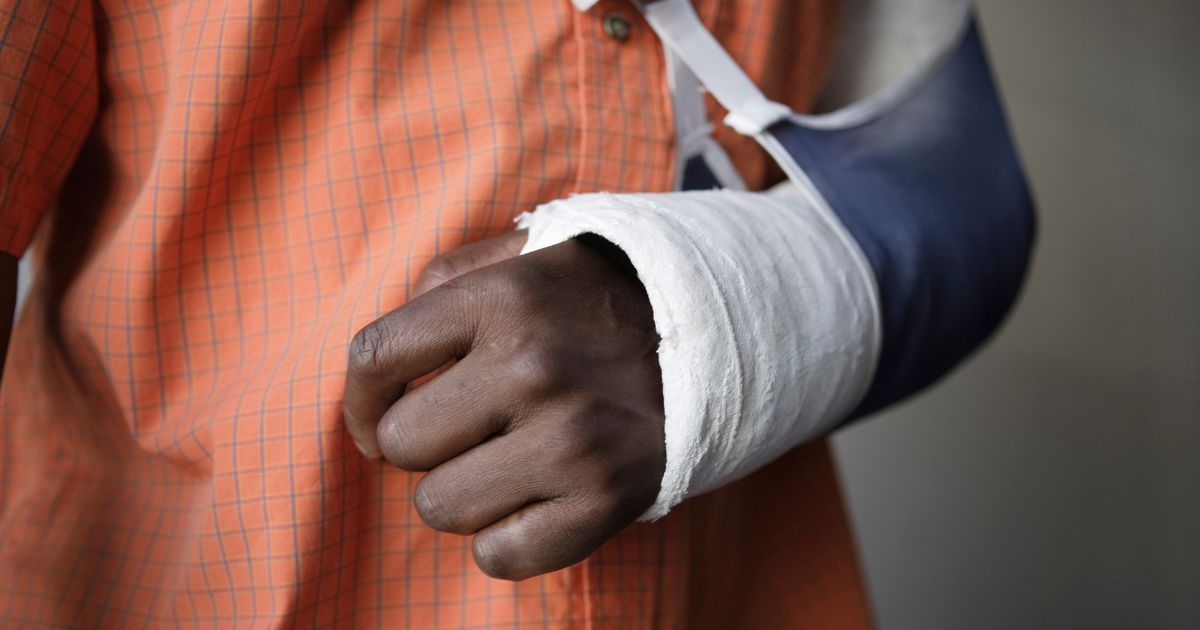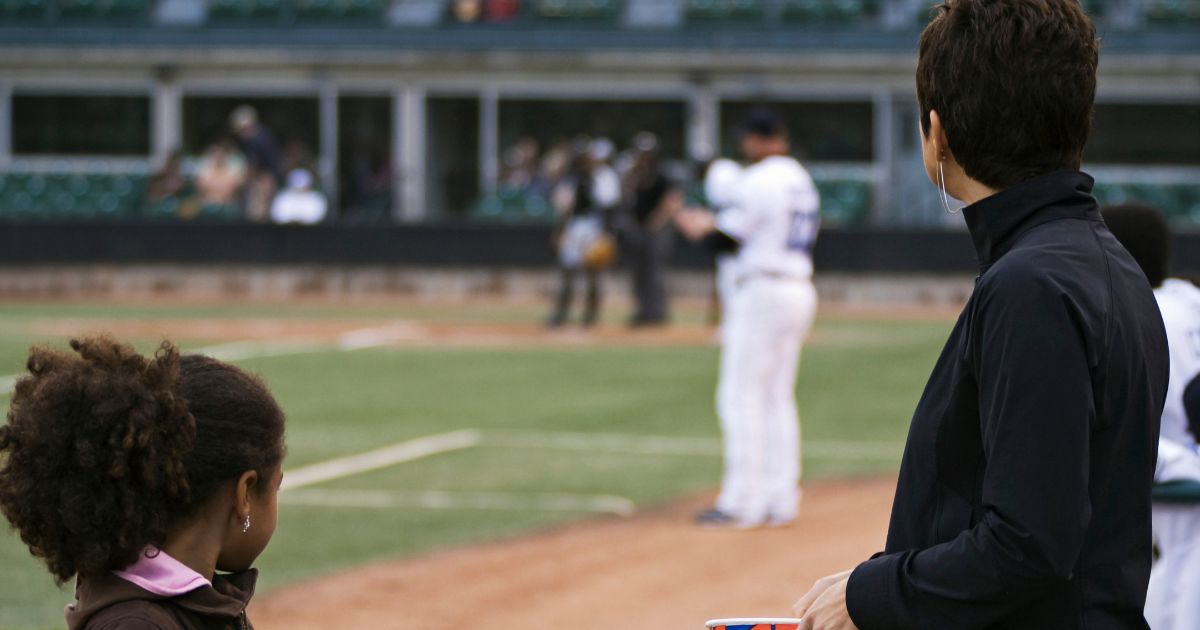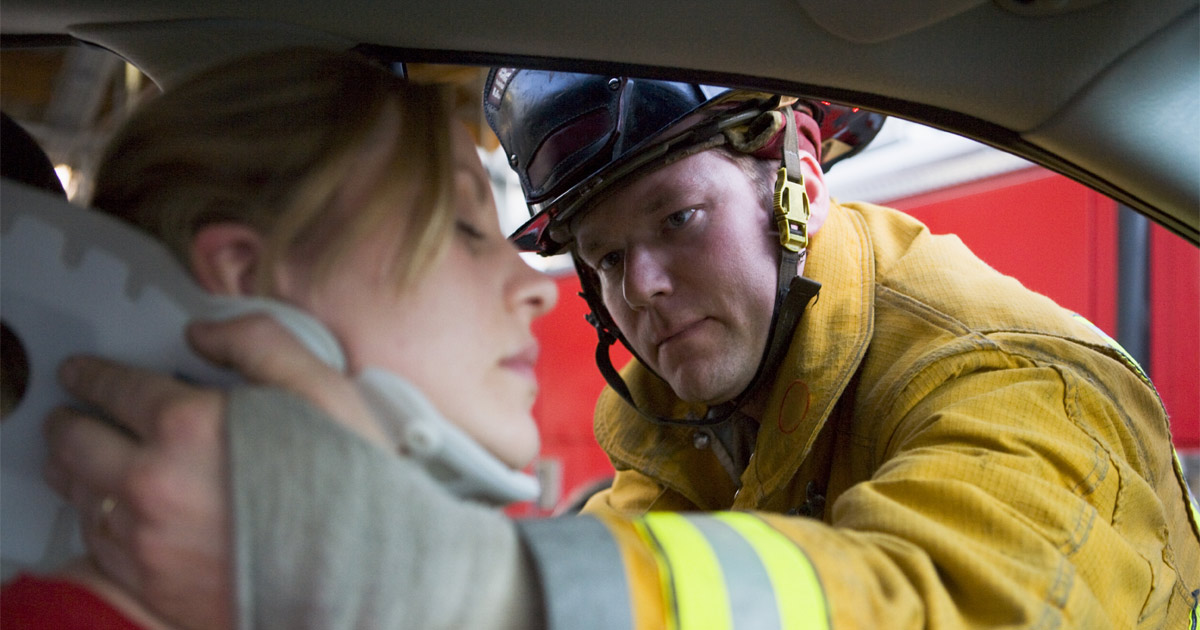Sanford Rubenstein is the senior partner at the law firm of Rubenstein and Rynecki based in New York City, with its offices in Brooklyn, New York. For the past forty years, he has built a solid reputation as a prominent civil rights and personal injury attorney. His areas of practice include wrongful death, medical malpractice, civil rights, with an emphasis on police brutality, product liability, construction accidents, and school negligence. His firm represents victims who sustain serious injuries in auto, motorcycle, bus, train, airplane, worksite, sidewalk, and premises accidents, as well as those injured or killed in fires and explosions. 
Sanford is best known for his representation of Abner Louima, a Haitian immigrant who was forcibly sodomized by a New York City police officer in the bathroom of a New York City police precinct. He was lead council representing families of victims who died and were seriously injured in the Andrew Barbeiri Staten Island ferry crash. Some of his other high profile cases include his representation of the family of Sean Bell who was killed the night before his wedding in a hail of police bullets (50shots) and two of his friends shot by police in the same tragedy. He represented Tabitha Mullings who lost both hands and both feet in a lawsuit against the emergency medical services, Brooklyn Hospital Center and its doctors in litigation that was settled for 17.9 million dollars after a jury was selected. He represented Angel Reyes, a young man who was the victim of a DWI driver whose compelling story resulted in toughing DWI laws in New York State and who received a multi million-dollar award for injuries received when struck as a pedestrian by a drunk driver. And he represented Esmin Greene, a Jamaican women who died as a result of negligence at the Brooklyn hospital waiting room. He also represented the reverend Al Sharpton in a lawsuit against the City of New York for the failure of police to protect him when he was stabbed while in a “safe zone” by an assailant while protesting the killing of a black teenager in Bensonhurst, NY. He has obtained numerous multi million awards on behalf of victims of all kinds of tragedies.
Sanford is nationally recognized for his work as a legal analyst on CNN, MSNBC, and Fox News. He was a regular panelist on Fox News “Strategy Room” and has appeared as a guest on good Morning America, Geraldo at Large, Inside Edition, Montel, and Larry king Live. He also is frequently quoted in all of New York’s daily newspapers.
Sanford has lectured and participated in panels for the New York State Trial Lawyers, the Harvard Law School Criminal Justice Institute, the Brooklyn Law School and the Melvin M. Belli society of the American Trial Lawyers Association. Hamptons magazine named Sanford as “one of Americas best known lawyers” and the Melvin M. Belli Society described him as “one of the nations 25 top trial lawyers.” The New York Daily News labeled him a “famed attorney” while the New York Post called him a “high powered personal injury lawyer.” Wendy Williams, an American media personality called Sanford a “legend” and the civil rights leader Rev. Al Sharpton said of him “he truly believes in the fundamental pursuit of justice.”
Over the years Sanford has been the recipient of numerous awards for his work in civil rights, health issues and woman’s rights. Among other honors, he has been the recipient of Rev Al Sharpton’s National Action Network’s “Keeper of the Dream Award” for his dedication and commitment to the ideals of Martin Luther king jr., the Marcus Garvey Award from the Caribbean News Foundation for his work in civil rights and the Joseph Papp Racial Harmony Award from the Society for Ethic Understanding as well as an award of recognition for his work in civil rights from the National Association for the Advancement of Colored People (NAACP) and the Pink Chose Me Foundation for his work on behalf of victims of breast cancer and was chosen as “man of the year” by the Brooklyn Democratic Organization.
Sanford’s book, “The Outrageous Rubenstein, How a Media Savvy Trial Lawyer Fights for Justice and Change,” not only gives an inside view of how he successfully represented victims in high profile cases and obtained hundreds of millions of dollars in compensation for them for wrongful death or serious injuries, but also talks about how he fought for and obtained change through the enactment of new laws and new municipal executive orders so other individuals will not have the same fate as the victims he has represented.
Sanford was born in Brooklyn, NY and raised in the Long Island City public housing project “Ravenswood” and Monsey, NY. He attended Rockland Community College, where he received an AA degree, State University at Oswego, where he received his BA degree with a major in psychology with a cum laude scholastic index, the Baruch College from which he received an MBA in marketing management and earned his JD from the Brooklyn Law School evening division.
The New Yorker recalled his most memorable law school experience. While taking a trial advocacy course, he was the leader of a trial team that competed in a mock trial tournament. Not only did his trial team win the trial on behalf of the plaintiff on the issue of liability, but also obtained the largest monetary award of any of the teams on behalf of the plaintiff victim. Sanford realized then that his passion for trial work was well placed and he should become as he did, a trial lawyer.
Sanford’s Successful Law Career
Sanford was asked, “Why did you decide to become an attorney? ” He replied, “I always had an interest in law and politics, as a teenager I was influenced in my decision to become a lawyer by the trust and confidence my parents placed in an attorney named Arnold Becker when they purchased a small house after moving out of the housing projects, to see the trust my parents placed in this lawyer demonstrated to me that becoming an attorney was what I’d like to do as a career.”
What is the best part of his job? “Winning, obtaining appropriate compensation for victims who have suffered horrible injuries or families who have suffered the loss of a loved one, particularly on behalf of the children who have lost a parent and the support of that parent both financially and psychologically. Sanford continued to say that as well as “winning,’ the best part of his job was successfully getting change so others will not suffer the fate of the victim he has represented.
Sanford also discussed what he is best known for professionally. He calls it “the trial before the trial in the court of public opinion.” He explained, “Before a lawyer steps into a courtroom when representing a victim in a high profile case there is a trial in the media that shapes public opinion on behalf of one side or the other. My job and responsibility is to get my clients view of the facts out before the public as to offset or preempt any negative material being put out by the other side. An example of this was the attempt to paint, Abner Louima, the Haitian police torture victim as a homosexual who sustained his horrific injuries in a homosexual encounter. By showing him in the media to be a good husband, father and religious man who suffered one of the worst acts of police brutality in the history of this nation I was able to demonstrate what the truth was to the public. ”
When asked, “Is there an area of law you are most passionate about?, ” he answered, “Tort Law. The ability of victims seriously injured through no fault of there own to be adequately compensated for what happened to them by those responsible. “Sanford’s plans for the future include representing victims of mass torts, cases in which there are many people injured and killed in the same wrongful act. He also is working on a project which in the development stage to be the host of a nationally syndicated tv show that would educate the public about the law in the same fashion that “Dr. Oz” educates Americans about health.
In regards to his strength and weakness, he pointed to his ability to convince and persuade a jury as one of his major strengths and his lack of patience during the trial process as a result of the delays that frequently occur in our justice system as a weakness.
So what does Sanford think about the legal field today? What would he change about it? “If I can change anything, I would stop the attempts to implement tort reform, which is clearly an attempt to “screw the victims.’ Tort reform is an attempt by big business and the elitist far political right to eliminate the ability of ordinary people to recover damages when they are seriously injured or killed as a result of a wrongful act committed by others. This attempt also includes efforts to eliminate the right to a jury trial for victims and also attempts to cap damages for victims at an arbitrary low amount. For example, there was an attempt in New York State to cap damages for victims of medical malpractice at $250,000. For victims like Tabitha Mullings who lost both hands and both feet, and who ultimately received a 17.9 million settlement, such a cap would simply have been unfair. The jury system of justice and the check and balances of appellate review provide a system of justice that works and shouldn’t be tampered with.
If he weren’t a lawyer, what would Sanford probably be doing? “I might have become an executive in the advertising field, utilizing my training as an MBA. But the truth is I made the right choice in my life by becoming an attorney. I love the challenge each case brings. I simply love what I am doing. ”
What will Sanford be doing five years from now? “Exactly the same thing I am doing now. I am grateful for the opportunity to represent victims, obtaining for them the maximum amount of recovery under the law and fighting for change so what happened to them, will not happen to anyone else. The only time I will stop doing this work is when they carry me out of the office. ”
After forty years of experience, Sanford is still motivated in being a trial lawyer. “When I meet the family of the victim that died through no fault of their own or a seriously injured victim, it motivates me to get them the compensation they deserve, to enable young children to get what they are entitled to for the wrongful death of a parent or to help a permanently disabled victim get the results they need to become economically secure in life is extremely gratifying. ”
The legal analyst wants to be remembered for his advocacy of victim’s rights and as a fighter of change. “I want to be remembered as someone who achieved change so in the future other people won’t suffer wrongful death or horrible injuries as my clients have suffered. Also, as someone who cares about maintaining our civil system of justice, one in which the little guy can go up against municipal governments and big corporations in a system which presently exists in which the playing field is level. ”
Sanford’s High-Profile Cases
Abner Louima is a Haitian-American who was forcibly sodomized by a New York City police officer in a New York City police precinct bathroom after he was wrongfully taken into police custody. When asked, “You had a number of high-profile cases. Were you happy with the result in the Abner Louima case? “, Sanford said: the New York City police officer who sodomized Louima is serving a thirty-year jail sentence and Louima received a 8.75 million dollar settlement, which included payments from the city of New York, the employer of the police officer and money damages from the Patrolmans Benevolent Association (PBA), the New York City police union. For the first time in the history of this country a police union paid damages to a victim of police brutality. Justice was done. ”
The MV Andrew J. Barberi is a ferry boat operated as part of the Staten Island ferry system between Manhattan and Staten Island in New York City. On October 15, 2003, the Barberi crashed into a pier on Staten Island, causing eleven deaths and seventy people to be injured. Sanford was lead counsel in the civil litigation that followed. “What was the outcome of the case? “Sanford said, “This was a horrible tragedy. In addition to the ferry pilot, the director of ferry operations for the city of New York went to jail. This sent a message to those who are responsible for public transportation throughout our country, that if you fail to implement safety measures in existence to protect the public, you can go to jail. In addition, tens of million in damages were obtained for families who lost loved ones and victims who suffered horrible injuries.”
On November 25, 2006, three unarmed men were shot at fifty times by undercover NYPD officers. Sean Bell was killed and two of his friends were wounded. Sean Bell was killed the night before his wedding. The incident took place in the New York City borough of Queens, New York. The two victims and the estate of Sean Bell were paid $7 million in damages by the city of New York as a result of the civil litigation. In addition, changes were implemented by the NYPD including drug and alcohol testing of all police officers after they fire their weapon and legislation was enacted by the New York State legislature and signed by the governor to improved police training.
Tabitha Mullings arrived at Brooklyn Hospital Center’s emergency room in September 2008 in severe pain. She was sent home with painkillers. It is alleged that the cause of the pain was not properly diagnosed. After that hospital visit, paramedics on two occasions refused to take her back to the hospital. When the pain became unbearable, her fiancé took her back to the hospital, where she was diagnosed with a sepsis infection, which led to the amputation to both hands and both feet and her becoming legally blind. On her behalf, Sanford sued the New York City Emergency Medical Services, the Brooklyn Hospital, and doctors at the hospital. After a jury was selected and the trial about to begin, Mullings was offered and accepted a $17.9 million settlement. Was Sanford happy with the outcome of the case? “I think the recovery was fair and reasonable, Sanford said. “It was gratifying that Mullings now has the funds she needs to be economically secure and outfit her home appropriately so she could live as comfortably as possible and acquire new prosthetics every five years as needed. ”
In 2004, twelve-year-old Angel Reyes was struck by a van while crossing a street in Queens, New York. His eleven-year-old best friend Vasean Alleyne was killed in the same occurrence. According to newspaper accounts, the driver of the van that struck them both admitted to drinking beer with friends before driving and a breathalyzer test showed him to have a blood alcohol level almost doubled New York’s legal limit. Angel suffered brain damage as a result of being stuck by the van. The mother’s of both boys intensely lobbied the state legislature and the governor, bringing a petition with sixty thousand signatures to Albany, asking to change the law at the time, which classified DWI without a traffic infraction as a misdemeanor with minimal jail consequences. As a result of their efforts, legislation toughening New York’s DWI laws was enacted, classifying DWI as a serious felony with a significant jail term. In addition, a multi-million dollar award was obtained for Angel.
Sanford’s Mentor and Pro Bono Work
Rubenstein considers famed trial lawyer Johnnie Cochran Jr. to be his mentor. “It was an honor to work with Cochran on the Louima litigation as well as other cases in New York and cases all over the country. I learned a lot working with Johnnie, not only did it make me a better lawyer, but it reinvigorated my commitment for the pursuit of justice for victims of all sorts of tragedies. Cochran’s death was a great loss to the legal community. His life’s work set an example for all of us and to work so closely with him was an honor I will cherish for the rest of my career. ”
Does Sanford handle pro bono cases? Once a month Sanford is a member of a panel of lawyers who meet with members of the community in New York at the Rev. Al Sharpton’s National Action Network House of Justice to help members of the community to solve their legal problems. Personal Life
This article was originally published on Lawcrossing.com





